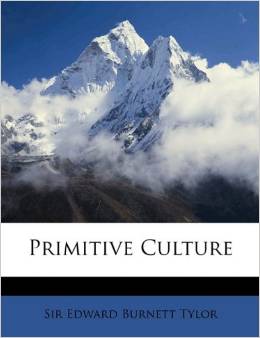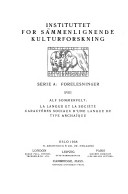One, two, ... many
According to E. B. Tylor (1871), the Botocudos had only two real termsfor numbers: one for "one", and the other for "a pair".
The Bushmen of South Africa have no number words beyond one, two and many.
A. Sommerfelt (1938) similarly reports that the Aranda had only two number-terms, ninta (one), and tara (two). Three and four were expressed as tara-mi-ninta (one and two) and tara-rna-tara ("two and two"), and the number series of the Aranda stopped there. For larger quantities, imprecise terms resembling "a lot", "several" and so on were used.
We have no reasons to believe and many reasons to doubt that our own remote ancestors were better equipped, since practically all European languages bear traces of such early limitations. The English thrice, just like the Latin ter, has the double meaning:
three times, and many. There is a plausible connection between the Latin tres, three, and trans, beyond; the same can be said regarding the French très, very, and trois, three.
Without counting we can ascertain whether two collections are equal and, if not equal, which is the greater.
To compare the two collections, we could use the so called one-to-one correspondence: it consists in assigning to every object of one collection an object of the other, the process being continued until one of the collections, or both, are exhausted.
The number technique of many primitive peoples is confined to just such a matching or tallying. They keep the record of their herds and armies by means of notches cut in a tree or pebbles gathered in a pile. That our own ancestors were adept in such methods is evidenced by the etymology of the words tally and calculate, of which the first comes from the Latin talea, cutting, and the second from the Latin calculus, pebble.
It would seem at first that the process of correspondence gives only a means for comparing two collections, but is incapable of creating number in the absolute sense of the word.




